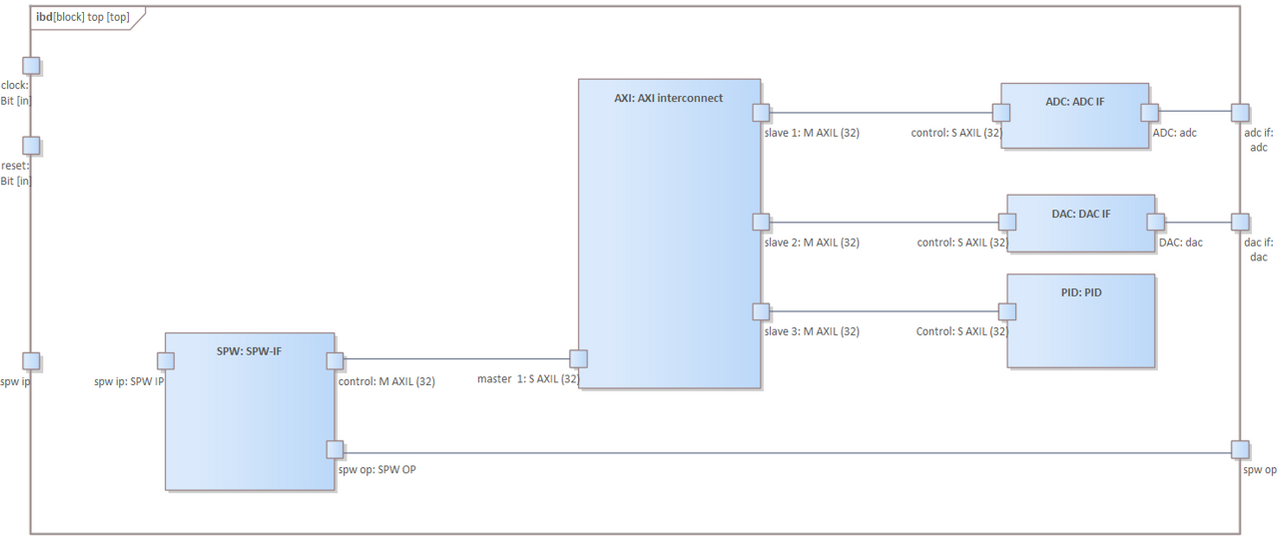

The Galaxia® development board provides users with a Certus™-NX LFD2NX-40 which is commercial equivalent of the Certus-NX-RT device offered by CAES.
This development board provides an excellent platform for the development of applications including
Deployment Cameras
Temperature Control Systems
Motor and Actuator Control
Telemetry and Telecommand processing
Health and Usage Monitoring
Radiation Beam Testing for design proving
Implementing Compression algorithms
Implementing Cryptographic security
The development board provides the user with the following Resources
Certus™-NX LFD2NX-40
80 IO accessible via PMOD
14 ADC Channels – Including ADC Reference
128 Mbit NOR flash for configuration
256 Kbit MRAM memory
100 MHz Oscillator
Lattice In-System Programmable Hardware Management Expander
RPi Pico
The Lattice Certus™-NX FPGA provides the user with 40K LUTs, 2.5 Mbit of BRAM, 56 DSP (18x18), 2 ADC and inbuilt 32KHz and 450 MHz Oscillators.
Board information such as Schematics, Assembly, STEP Files and supporting information can be found in the Bit Bucket Repository
It is also possible to deploy RISC-V processors on this development board, using the Lattice Propel tool. Examples of this can be examined in the tutorials below
Propel Builder Hardware Creation
Uniquely to this development board is the provision of the RPi Pico which provides the developer with a wide range of capabilities including.
Clock Generation – Generation of up to 65MHz reference clock using the PIO.
Communications emulation – Emulation of a differential backplane bus
Communications Monitoring – Monitoring and logging communications
Sensor emulation – Emulation of sensors across the system and implementation of failure modes
Complex communications creation – Implementation of a space wire communication protocol between the FPGA and the Pico. This provides a simple interface which can be controlled over the USB communication.
Power management and monitoring – Monitoring the power network, to control, monitor and observe the dissipated power as the FPGA design is used for anger or in under testing for example beam line.
These boards are available now! contact space@adiuvoengineering.com for more information on cost and lead times.





